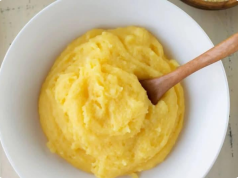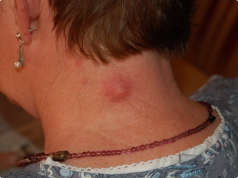Walk into any home, stroll through a neighborhood, or scroll through cat memes — and you’ll likely notice something curious:
Most ginger cats — those warm, sun-kissed felines with coats like molten copper and caramel — are males.
Is it a coincidence?
A quirk of fate?
Or is something deeper at play?
The answer lies not in luck, but in genetics — a fascinating dance of chromosomes, pigments, and biological odds that makes the ginger cat a living lesson in inheritance.
Why Are Most Ginger Cats Male? It’s in the X (and Y)
The secret to the ginger coat lies on the X chromosome, where the gene responsible for orange fur — known as the “O” gene (for Orange) — is located.
But here’s the twist:
- Male cats have one X and one Y chromosome (XY)
- Female cats have two X chromosomes (XX)
This small difference has a big impact on fur color.
🐱 For Male Cats (XY):
- Only one copy of the orange gene (on their single X) is needed to turn them fully ginger.
- No backup. No competition.
👉 If the X carries the “O” gene, the cat is orange.
🐱 For Female Cats (XX):
- They need the orange gene on both X chromosomes to be fully ginger.
- If only one X has the orange gene, something magical happens: X-chromosome inactivation.
This process randomly “turns off” one X in each cell during development — meaning some cells express the orange gene, others the black or brown.
The result?
A patchwork coat — the iconic calico or tortoiseshell pattern.
That’s why true ginger females are rare — they must inherit the orange gene from both parents.
The Numbers Don’t Lie: Ginger Cats by the Stats
- About 80% of ginger cats are male
- Only 20% are female
- And among those, true solid orange females are even rarer
So when you meet a female ginger cat, you’re not just meeting a cat — you’re meeting a genetic rarity.
But What Makes the Fur So Bright? The Science of the Sunset Coat
It’s not just the gene — it’s how it works.
Recent research has uncovered a specific DNA deletion near the ARHGAP36 gene that acts like a volume knob for pigment. This deletion amplifies the production of pheomelanin — the pigment behind red, gold, and orange hues.
Think of it as nature’s spotlight:
👉 It doesn’t just create orange fur — it makes it glow.
And when combined with tabby patterns (stripes, swirls, or spots), the result is a walking sunset — every ginger cat a masterpiece of biology.
A Note on Ginger Queens: The Rare Female Orange
While rare, female ginger cats do exist — and they’re just as feisty, affectionate, and charming as their male counterparts.
They’re not just rare — they’re proof of a perfect genetic hand:
Two orange-carrying parents.
Two matching X chromosomes.
And a little bit of luck.
And yes — male ginger cats can be sterile, especially if they’re XXY (Klinefelter syndrome), which is more common in orange males. But most are healthy, vibrant, and full of personality.
More Than Just Color — A Symbol of Nature’s Lottery
Every ginger cat is a testament to genetic chance.
Their fiery coats aren’t just beautiful — they’re biological stories written in DNA.
From the X-chromosome lottery to the pigment-boosting deletion, every orange whisker is a reminder of how tiny changes in code create breathtaking diversity.
So the next time a ginger cat leaps onto your lap, purring like a tiny furnace, remember:
He’s not just a pet.
He’s a genetic wonder — a warm, fuzzy, purring miracle of science.
Final Thoughts: Orange You Glad They Exist?
Ginger cats are more than internet legends (looking at you, Garfield).
They’re nature’s way of showing off — a blend of chance, chemistry, and charm.
And while most of them wear their orange coats with a Y chromosome, every ginger — male or female — is special.
Because in a world full of shades,
👉 Nothing shines quite like a ginger cat in the sunlight.
Purrhaps the rarest thing of all? A creature so bright, it warms more than just your lap — it warms your soul.










